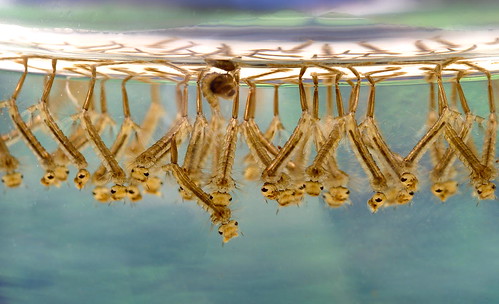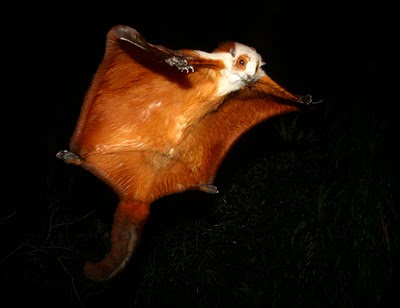
salamanders grow to a typical length of 6–8 inches (15–20 cm). They can reach up to 14 inches (36 cm) in length, particularly neotenic individuals. Adults are usually blotchy with grey, green, or black, and have large, lidded eyes. They have short snouts, thick necks, sturdy legs, and long tails. Their diet consists largely of small insects and worms.

Tiger salamanders are almost entirely terrestrial as adults, and usually only return to the water to breed. But also they partly live in both land and water. They also like to swim,even if they are terrestrial. They also are good swimmers. Like all ambystomatids, they are extremely loyal to their birthplace, and will travel long distances to reach it. However, a single tiger salamander has only a 50% chance of breeding more than once in its lifetime. Males nudge a willing female to initiate mating, and then deposit a spermatophore on the lake bottom.
.JPG)
These are known as small morph adults. Other larvae, especially in ancestral pools and warmer climates, may not metamorphose until fully adult size. These large larvae are usually known as waterdogs, and are used extensively in the fishing bait and pet trade. Some populations may not metamorphose at all, and become sexually mature while in their larval form.

Since they tend to breed in semipermanent wetlands, larval Tiger Salamanders often experience mass mortality in association with pond drying. Introduced fishes have also been known to reduce, and levels they also experience reduced growth and longer larval periods. The effect of agricultural pesticides in endocrine disruption has also been researched. All of these issues have collectively influenced Tiger Salamander populations.












































